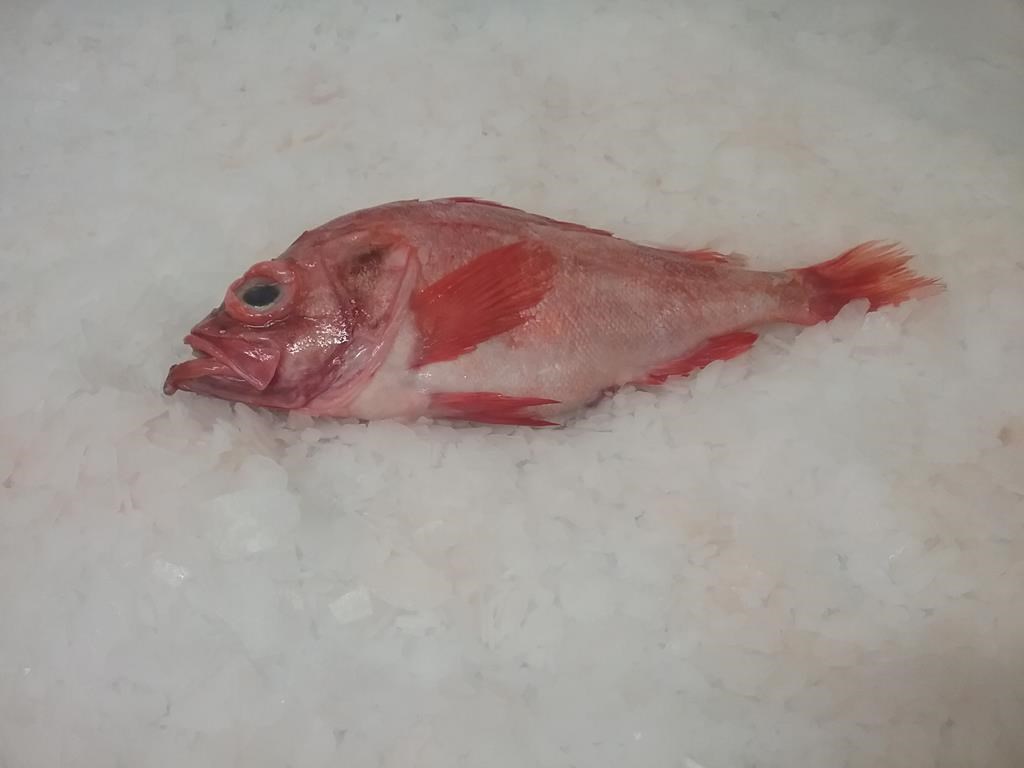Oceana Canada wants Ottawa to exercise caution as it prepares to reopen the redfish fishery this spring following a decades-long moratorium.

The marine conservation group says the federal Fisheries Department needs a management plan to prevent the same overfishing that led to the collapse of the fishery 30 years ago.
Last month, federal Fisheries Minister Diane Lebouthillier announced the moratorium put in place in 1995 would end this year, with an initial total catch quota of at least 25,000 tonnes in the Gulf of St. Lawrence.
Jack Daly, a Halifax-based marine scientist with the non-profit Oceana, said the fishery can be successful if there is stringent monitoring to ensure other fish species aren’t put at risk.
“Our concern is more about the process to get this fishery up and running,” Daly said in a recent interview. “What is the plan? And more importantly, what is the monitoring plan?”
Details are still to come on such aspects as monitoring, bycatch limits and individual allowable catch limits. The lack of detail has been worrying given the fishery is expected to open in May, Daly said.
He added monitoring will be important because there are two species of redfish in the gulf. Deepwater redfish are considered healthy but the Acadian redfish population isn’t as strong.
According to figures released in 2023 by the federal Fisheries Department, the biomass in the gulf had grown substantially over the last decade to reach an average of 2.8 million tonnes for deepwater redfish and 420,000 tonnes for Acadian redfish.
Daly said the growth is due to what’s known as a “recruitment event” that occurred between 2011 and 2013, meaning a large amount of baby fish were born and survived. But he cautions the fish aren’t growing as large as had been hoped, while there’s been no evidence of a further recruitment event, which can often take 10 years or more.
“Essentially we have this massive population that’s very homogeneous and they are all about the same size and all about the same age,” said Daly. “They are not as big as the industry would have liked and also they are not projected to get any bigger.”
Canada has a minimum catch size of around 22 centimetres in length, although Daly said before stocks collapsed in 1995 the fish had reached lengths of 35 to 40 centimetres or more. He added that right now the redfish are generally 30 centimetres or under in size.
As a result, any monitoring regime would also need to help prevent the catch of undersized fish in order to keep stocks robust. “For a fishery to be healthy and sustainable you really want to have many different ages and many different sizes,” he said.
Sylvie Lapointe, president of the Atlantic Groundfish Council, which represents the large vessel offshore fleet, said discussions on management measures for the fishery are set to begin March 4 in a meeting of the industry-government redfish advisory committee.
In an interview Friday, Lapointe said little emerged from a meeting that was held a week ago with 130 stakeholders, other than a clarification from the federal department that the 25,000-tonne figure would be the minimum catch allowed.
“There were no recommendations provided … on what the level of total allowable catch should be for this year,” said Lapointe.
The federal Fisheries Department was not immediately available for comment Friday.
This report by The Canadian Press was first published Feb. 9, 2024.



Comments